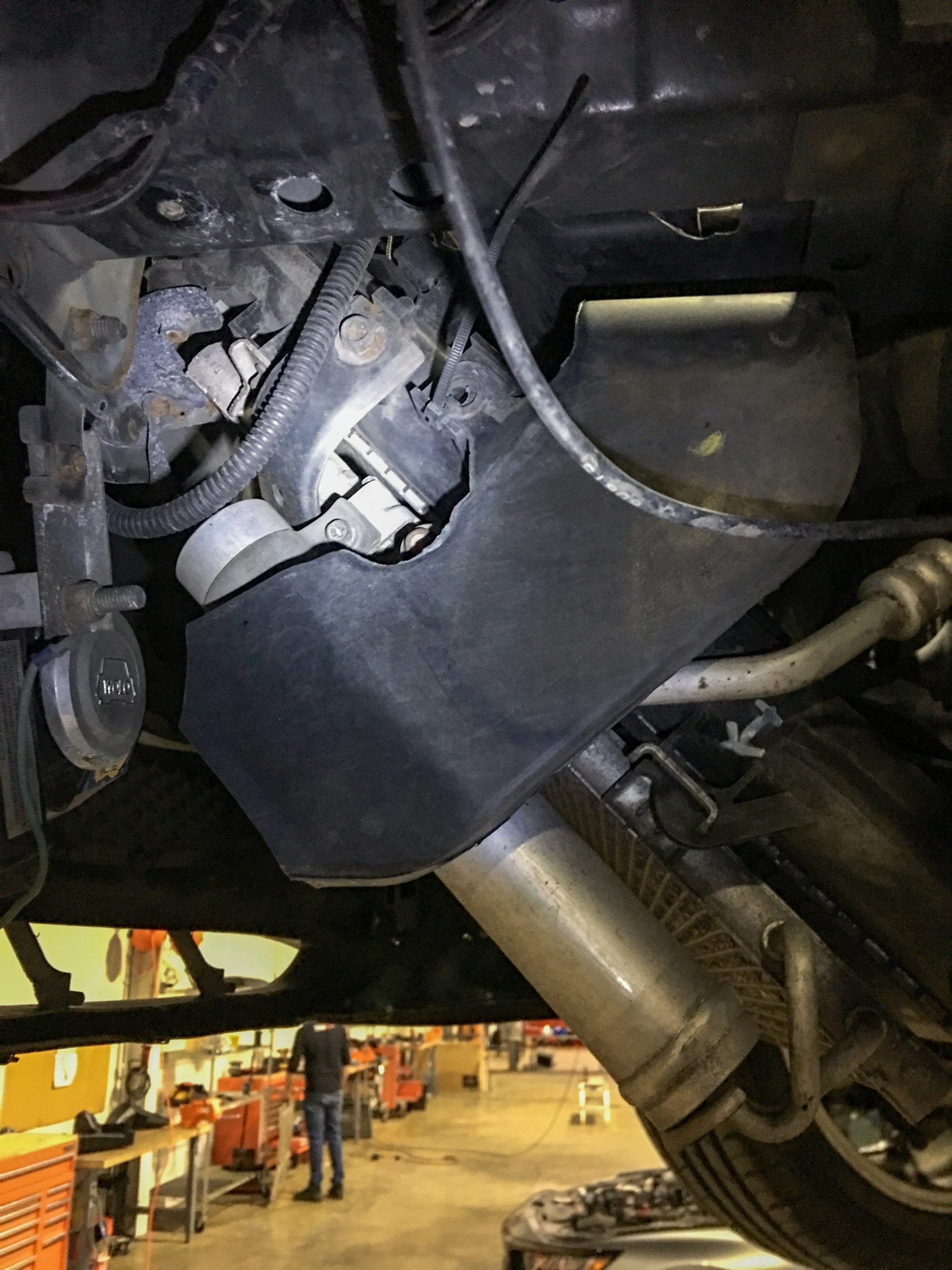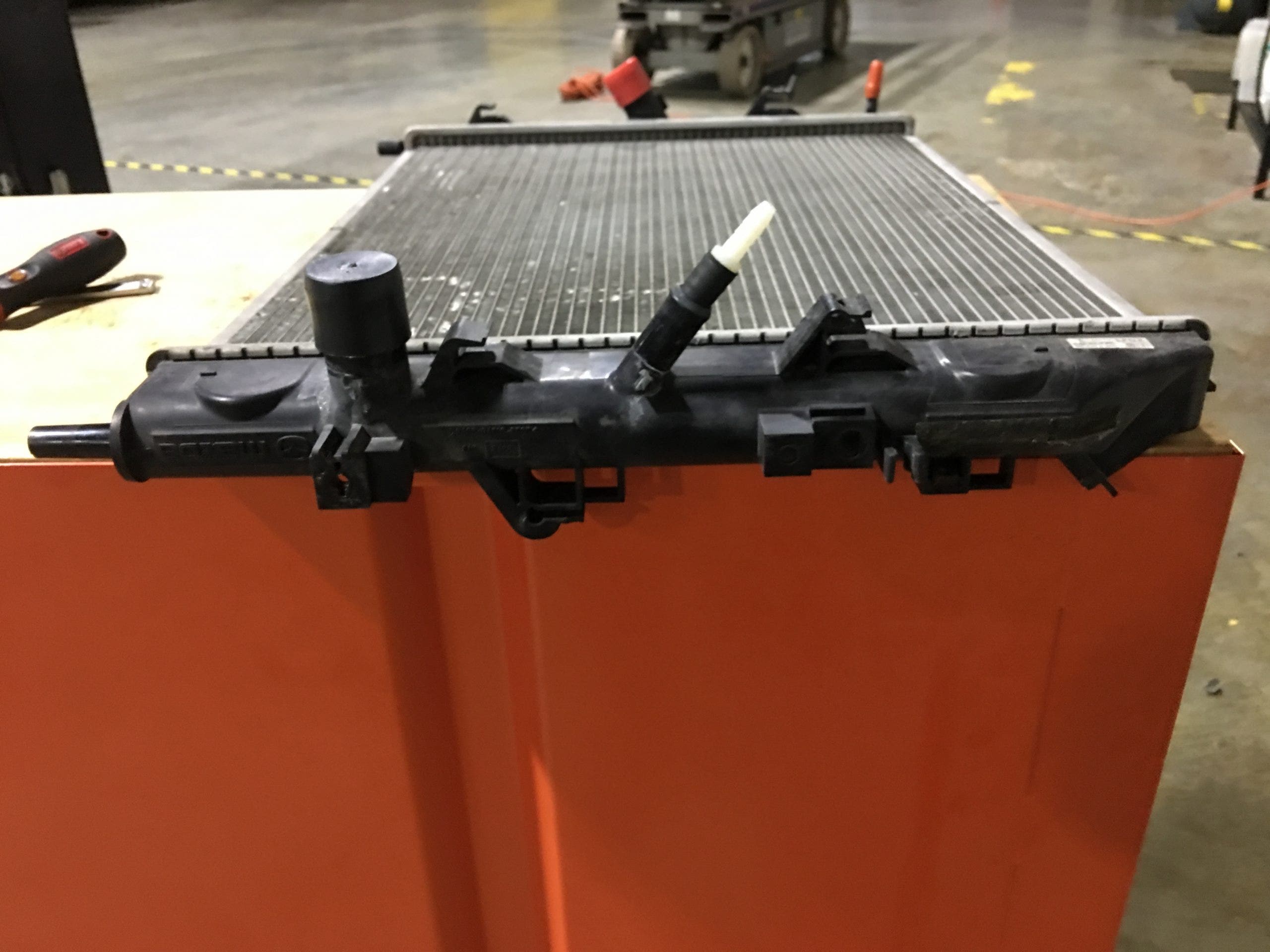
Live on the Limit - Performance Radiator R&D, Part 1 - Stock Review
When it comes to sports cars, sometimes the real joy doesn't come from a monstrous motor with oodles of power, but rather something small and nimble. A car that lets you utilize every horsepower and push it to the absolute limit. The NC MX-5 Miata defines that category. Sure, it might only have 170 hp, but you can use every single one, and effectively too. Thanks to its double-wishbone front and multilink rear suspension setups, the NC is more than capable of transporting you to the ragged edge with the wind in your hair and a grin on your face matching the Miata's front fascia.
But, there's always a downside, and in the case of the NC Miata, it comes as heat. Like any car, the Miata was designed to be driven. The spirit of the Miata lends itself to being driven hard, which makes it even more likely to experience high temperatures. Luckily, we here at Mishimoto are hard at work devising a better means of coolant temperature regulation.

The NC Miata follows the same design language as many other front-engine sports cars: simple, smooth lines with only one opening on the front of the car that supplies fresh air to the engine bay and cooling stack. The engineers at Mazda wanted to make sure the Miata's radiator soaks up as much of this air as possible, so they angled it toward the opening, similar to the radiators on the C6 and C7 Corvette. Mazda's cooling strategy didn't stop there, so we pulled the stock radiator to get a closer look.


Once removed from the vehicle, we saw that the Miata's radiator's construction follows the same theme that we typically see in OEM radiator production. The radiator is made up of a pair of plastic-injected end tanks crimped onto a lightweight aluminum core. The stock core features louvered fins, which force the air through diagonally, theoretically expanding the core's thickness and improving the cooling power. But, while the louvered fins help improve the radiator's efficiency, this core needs all the help it can get. The core of the radiator measures in at a measly 16mm, or 0.6". That thin core may adequately cool the 2.0 MZR engine during normal driving, but the cooling system could reach its limit much sooner during a hot day on the track, or even a long stretch of back roads.

Half the fun of owning a car like the NC Miata is that you can push it to the absolute limit, and it will gladly live there, but for how long? Given the flimsy stock radiator, the chances of the MX-5 pressing on after a few thrashings are slim. So if you bought your NC to live at the limit, make sure you stay tuned for the first look at our plans to strengthen the Miata's radiator.
Thanks for Reading!
-Nick




